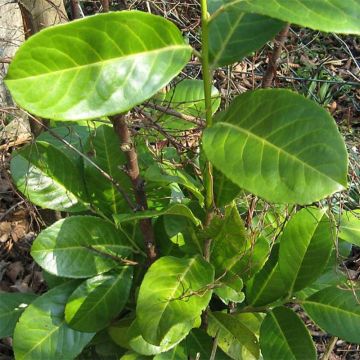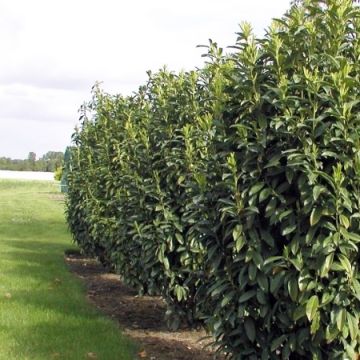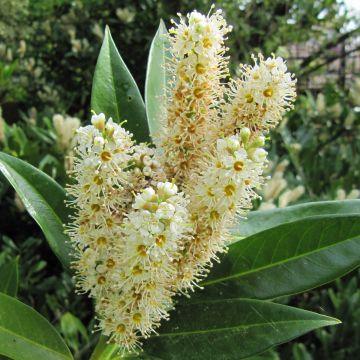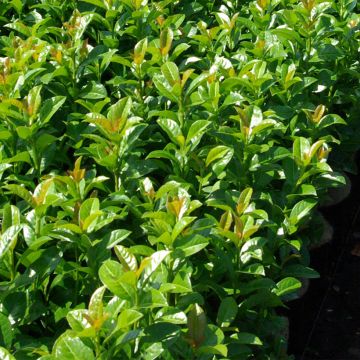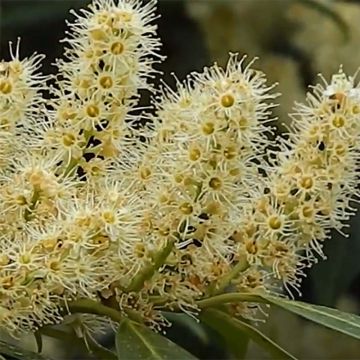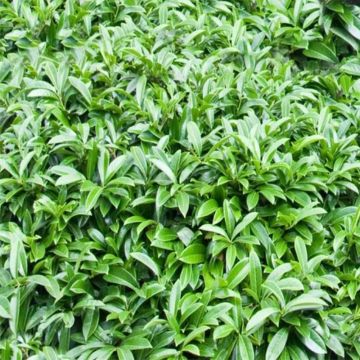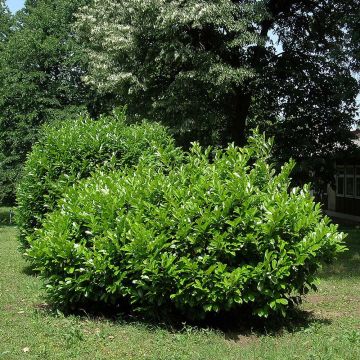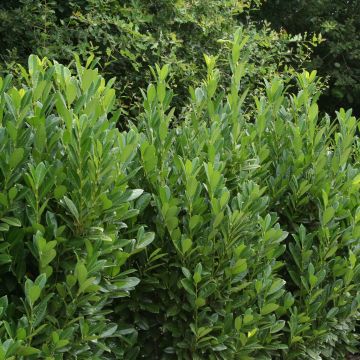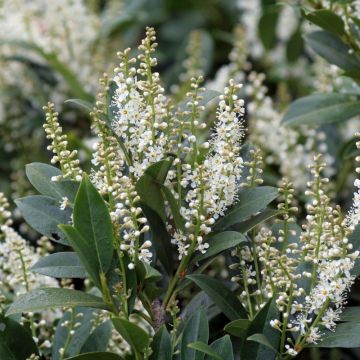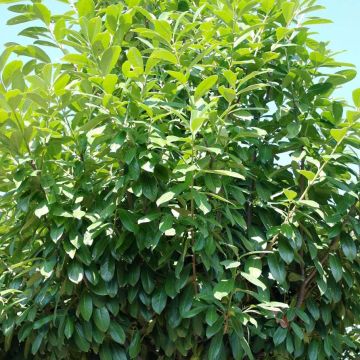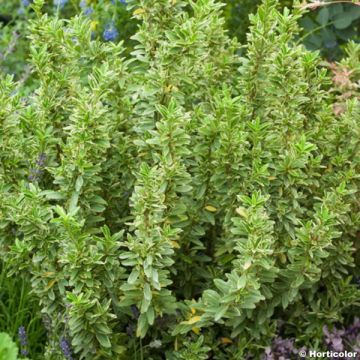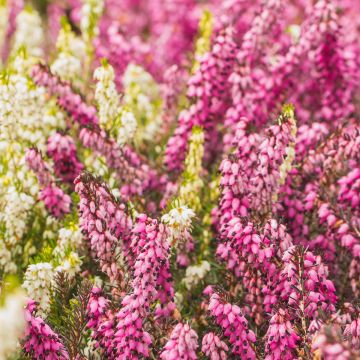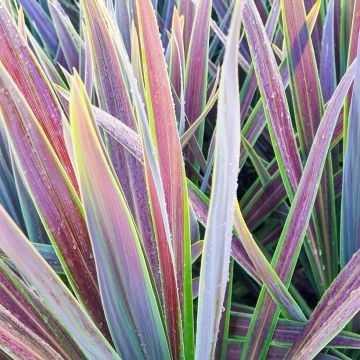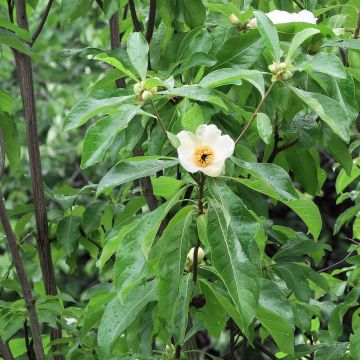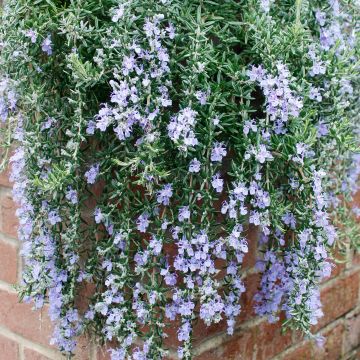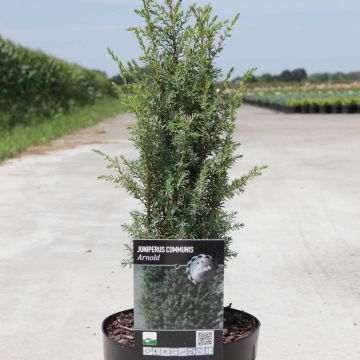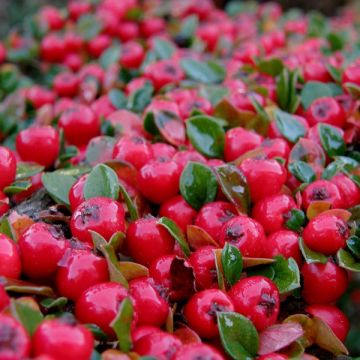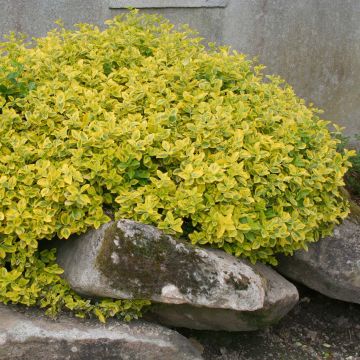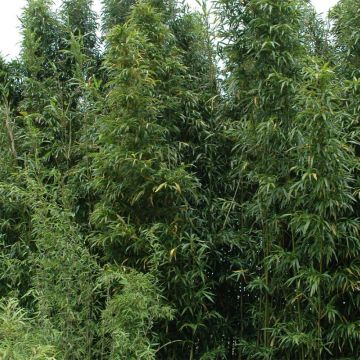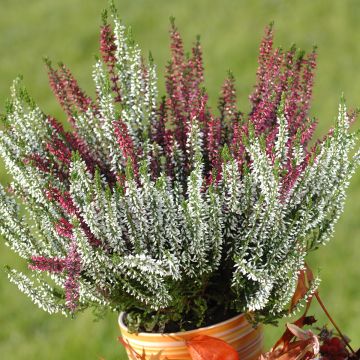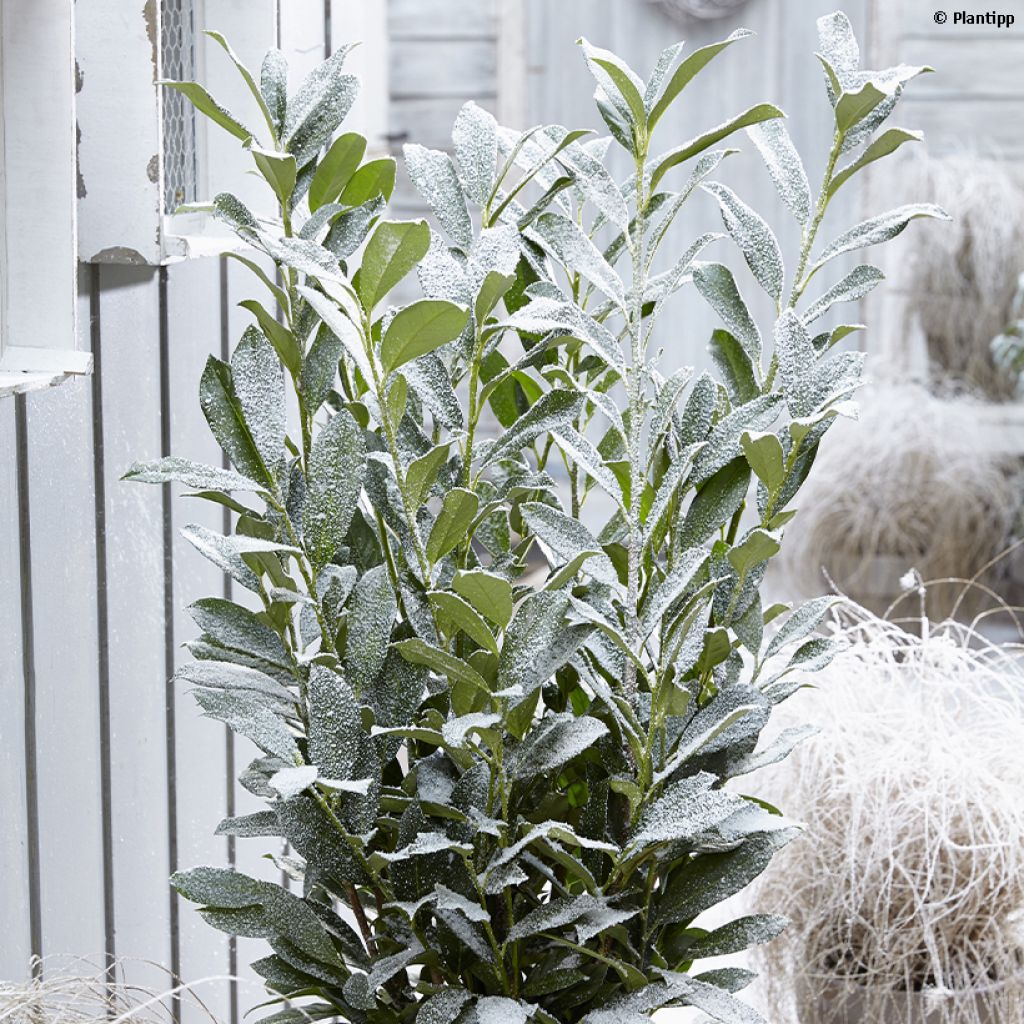

Laurier cerise - Prunus laurocerasus Elly
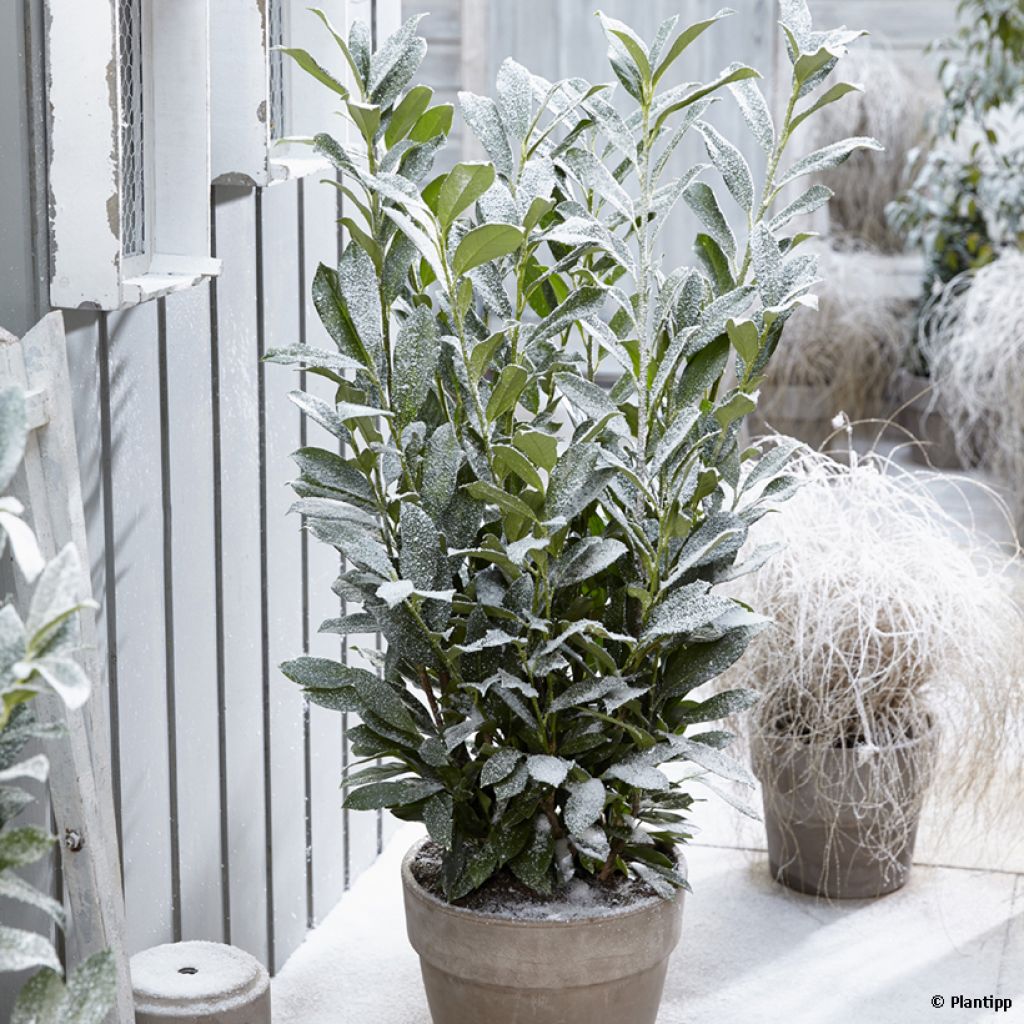

Laurier cerise - Prunus laurocerasus Elly
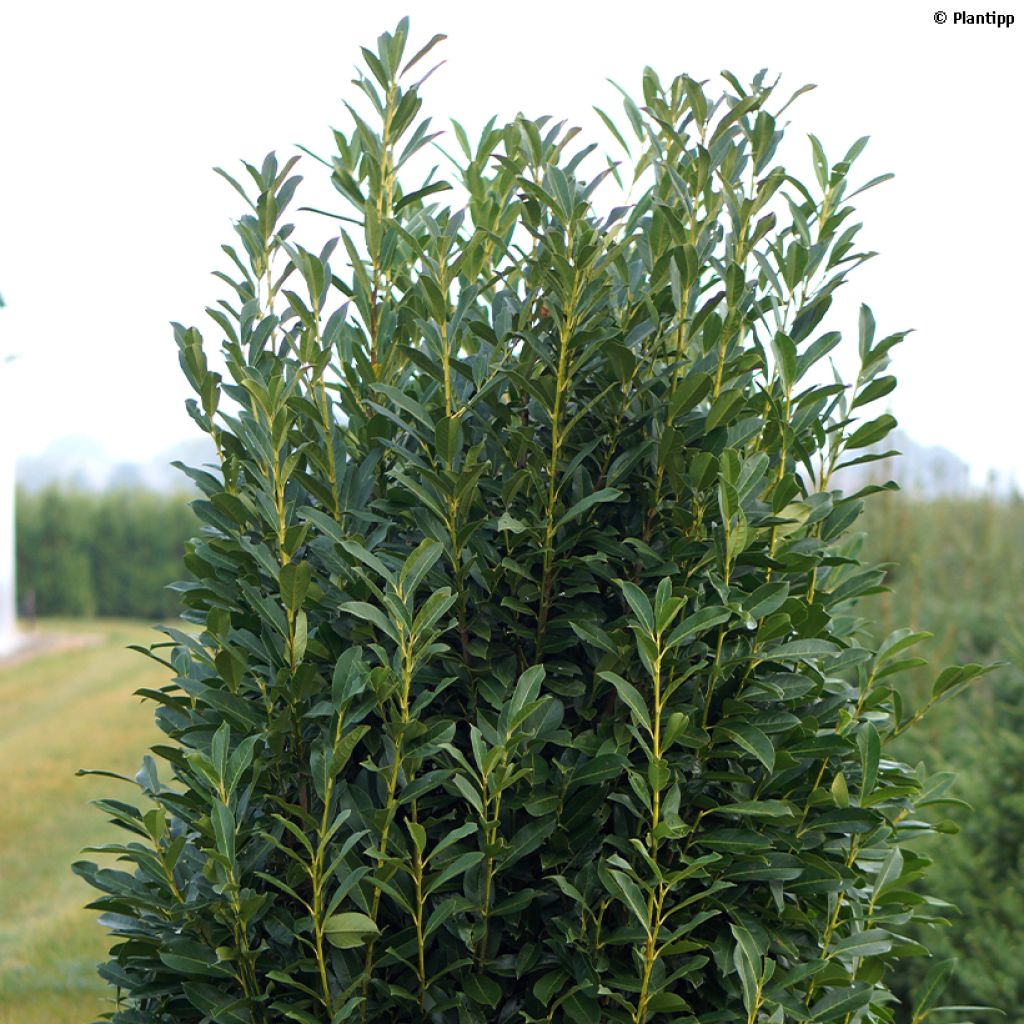

Laurier cerise - Prunus laurocerasus Elly
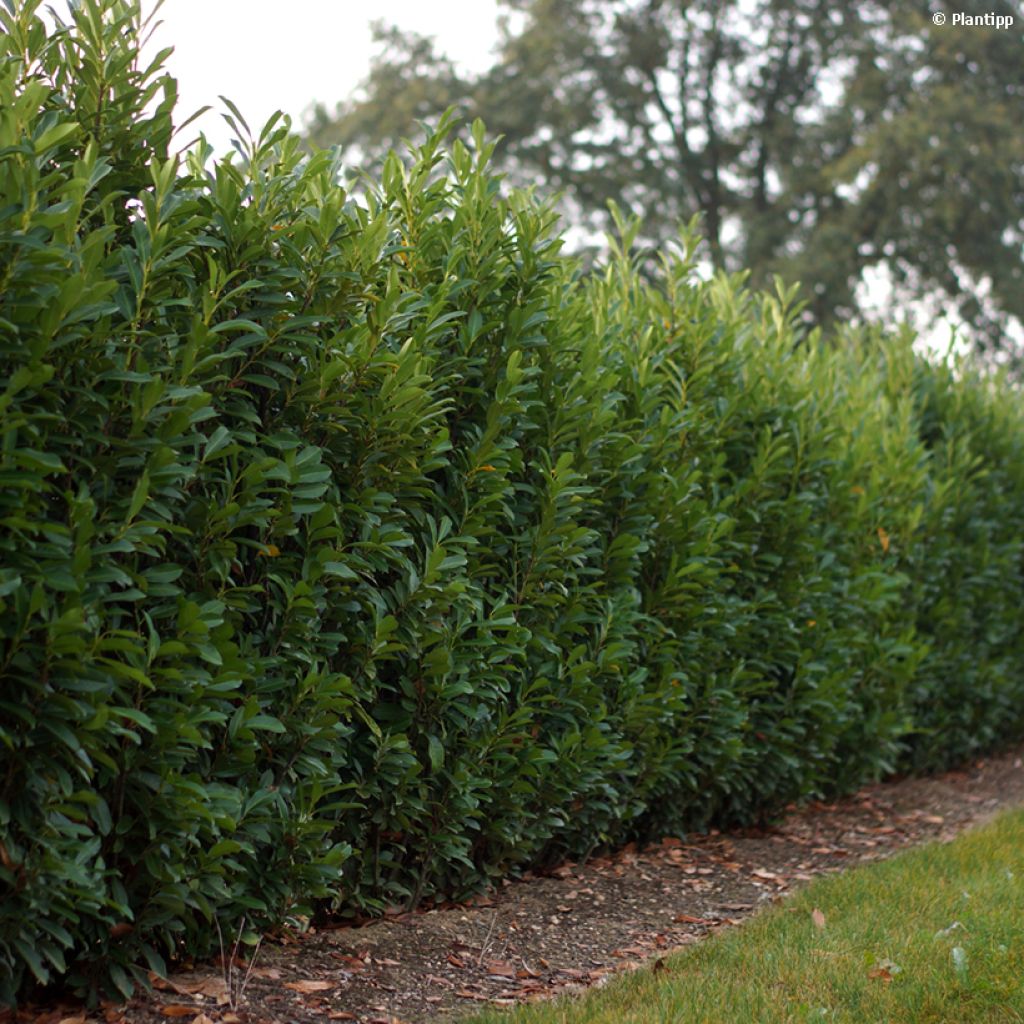

Laurier cerise - Prunus laurocerasus Elly
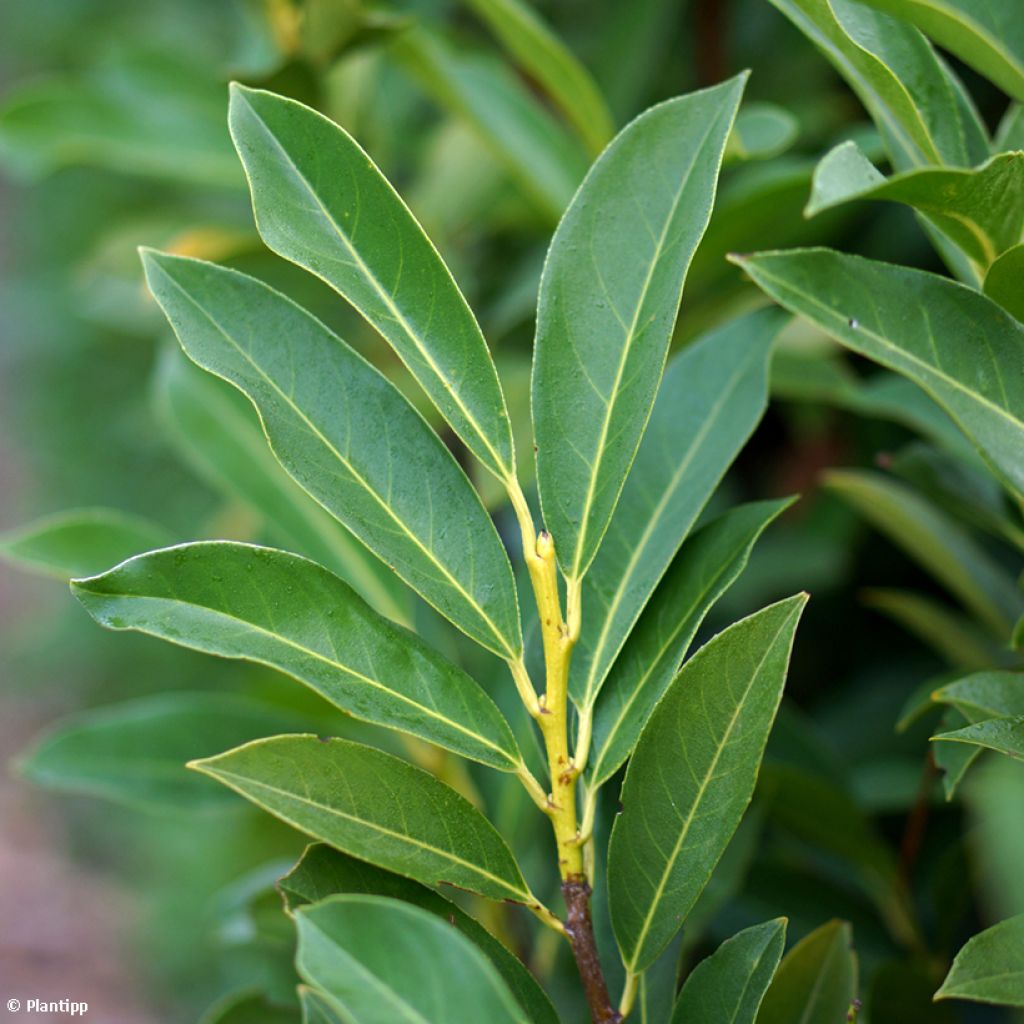

Laurier cerise - Prunus laurocerasus Elly
Prunus laurocerasus Elly - Cherry Laurel
Prunus laurocerasus Elly®
Cherry Laurel, Common Laurel, English Laurel
This item cannot be shipped to the selected country
Delivery charge from €5.90
Delivery to Corse prohibited
More information
Schedule delivery date,
and select date in basket
This plant carries a 24 months recovery warranty
More information
We guarantee the quality of our plants for a full growing cycle, and will replace at our expense any plant that fails to recover under normal climatic and planting conditions.
From €5.90 for pickup delivery and €6.90 for home delivery
Express home delivery from €8.90.
Delivery to Corse prohibited: UE law prohibits the import of this plant from mainland France to Corse as part of the fight against Xylella fastidiosa. Please accept our sincere apologies.
More information
Does this plant fit my garden?
Set up your Plantfit profile →
Description
The Prunus laurocerasus 'Elly' is a recent selection of Cherry Laurel, perfect for forming an evergreen hedge. This fast-growing bush has a particularly columnar habit that minimises the time spent on pruning, especially on the sides. Its beautiful dark green elliptical leaves have a shiny texture which is very decorative and its cream-white flowering in spring is appreciated by pollinating insects. Very hardy, up to about -22°C (-7.6 °F), this Cherry Laurel grows in most soils, in sun or semi-shade and only requires a few waterings in summer and annual pruning.
The Cherry Laurel, sometimes called the Trebizond laurel, almond laurel or palm laurel, is an evergreen bush of the Rosaceae family. This very important family, particularly from an economic point of view, provides most of our temperate climate fruit trees (Apple trees, Pear trees, Plum trees, Apricot trees, Peach trees, etc.), but also many ornamental plants (Hawthorn, Cotoneaster, Rose of course, Photinia, Prunus...) as well as numerous wild plants that populate the countryside and woods (wild strawberry...). Among the hundred genus that make up this family, Prunus is one of those that has the most species, about 300, many of which are fruit-bearing (Cherry trees, Plum trees, Apricot trees...) or ornamental.
Originating from southeastern Europe and Asia Minor, native to Iran, the Caucasus and Turkey, Prunus laurocerasus is an evergreen bush that can reach a large size (up to 8 m (26 ft 2 in) high) and form real trunks. The species has given several cultivars, and is often used for hedging purposes, for which 'Elly' is particularly suitable.
The Cherry Laurel 'Elly' is a recent creation (protected since 2019) by the German nurseryman Adrian Straver, based in Emmerich, a locality situated on the banks of the Rhine just next to the Netherlands. Smaller than the species-type, it can reach at adult age 3.5 to 4 m (11 ft 6 in to 13 ft 1 in) high maximum, if planted solitary in free form, but can easily be kept at 2 m (6 ft 7 in) or 2.5 m (8 ft 2 in) if pruned, which this plant tolerates very well. Its main advantage lies in its very columnar shape, whereas the famous 'Rotundifolia' spontaneously forms a bush wide at the base very swollen. 'Elly' on the other hand, will form a column 80 cm (31.5 in) to 1 m (3 ft 4 in) wide for a height of 3.50 m (11 ft 6 in), making it a Cherry Laurel that is even more suitable for hedge planting than its cousin 'Obelisk'. Moreover, it has a fast growth, of 40 to 60 cm (15.7 to 23.6 in) per year, which very quickly provides a dense vegetal curtain, excellent windbreak on the edge of property.
Its elliptical leaves are of a nice quite dark green colour, and a very decorative, glossy surface, carried by branches with almost vertical growth. This dark vegetal background offers a fragrant setting to the cream-white flowering in April-May, fragrant and honey-bearing. It attracts bees and other pollinators, making it both a decorative and useful plant. The small flowers grouped in corymbs then give black fruits, toxic for humans (the seed in particular is very toxic) but eaten by birds. This fruiting is however less abundant than in some other cultivars of Cherry Laurel.
Very hardy (up to about -22°C (-7.6 °F)), this pretty bush is very accommodating with respect to the soil, only fearing those too calcareous or too wet. It will grow in most ordinary garden soils, with a few waterings in summer, even if once well-rooted it proves to be quite resistant to drought. It is just as tolerant with respect to exposure, and grows equally well in sun as in semi-shade, or even in shade. 'Elly' is therefore typically a plant for beginners, perfect for forming low-maintenance hedges. The care consists of annual pruning (especially to limit the height, as lateral pruning is not essential) and a few waterings in summer.
'Elly' will give full satisfaction in low or medium hedges at a rate of 3 plants per linear metre, but you can also mix it with other evergreens to form a varied hedge. Then choose bushes like the superb Photinia fraseri Red Square, with young shoots of a red even more intense than 'Red Robin', which will contrast strongly next to the dark green of 'Elly'. The varieties of Laurustinus, or Viburnum tinus, will allow you to enjoy winter flowerings, and thus animate your hedge at a traditionally more subdued time. And the must-have Pyracanthas will offer you their lush fruiting in bright colours, which have earned them their well-deserved nickname of 'burning bush'.
Beware: the leaves, and all parts of the cherry laurel are toxic if ingested, with the exception of the fruit pulp (the seed is toxic). They contain prussic acid, (hydrocyanic acid), associated with an aromatic substance called benzaldehyde, with the smell of bitter almond. A principle also found in the almonds of apricot and peach stones for example.
Report an error about the product description
Plant habit
Flowering
Foliage
Botanical data
Prunus
laurocerasus
Elly®
Rosaceae
Cherry Laurel, Common Laurel, English Laurel
Cultivar or hybrid
Other Cherry Laurel - Commun Laurel
Planting and care
The Prunus laurocerasus 'Elly', very accommodating and easy to cultivate, is content with well-prepared ordinary soil, without too much limestone, moderately dry to damp. It tolerates all exposures and withstands low temperatures (around -20°C/-22°C (-7.6 °F)). Even if its aerial parts can be damaged by very severe frosts, it emits vigorous shoots from the base. Long and intense periods of drought can destroy already aged plants. Planting is preferably done in autumn or early spring in cool regions. Dig a hole 50 cm (19.7 in) in all directions and add a little planting compost by mixing it with the existing soil. Soak the root ball in a bucket of water for a quarter of an hour before placing it in the planting pit. Backfill and water abundantly.
Water regularly for the first two years to facilitate rooting, then only during hot periods after that.
Note: The very slow, decomposition of the leaves of the cherry laurel, result in the litter releasing substances that inhibit the germination and growth of other plants. It is therefore preferable to export the pruning waste to the waste disposal site rather than compost it.
Planting period
Intended location
Care
-
, onOrder confirmed
Reply from on Promesse de fleurs
Evergreen shrubs
Haven't found what you were looking for?
Hardiness is the lowest winter temperature a plant can endure without suffering serious damage or even dying. However, hardiness is affected by location (a sheltered area, such as a patio), protection (winter cover) and soil type (hardiness is improved by well-drained soil).

Photo Sharing Terms & Conditions
In order to encourage gardeners to interact and share their experiences, Promesse de fleurs offers various media enabling content to be uploaded onto its Site - in particular via the ‘Photo sharing’ module.
The User agrees to refrain from:
- Posting any content that is illegal, prejudicial, insulting, racist, inciteful to hatred, revisionist, contrary to public decency, that infringes on privacy or on the privacy rights of third parties, in particular the publicity rights of persons and goods, intellectual property rights, or the right to privacy.
- Submitting content on behalf of a third party;
- Impersonate the identity of a third party and/or publish any personal information about a third party;
In general, the User undertakes to refrain from any unethical behaviour.
All Content (in particular text, comments, files, images, photos, videos, creative works, etc.), which may be subject to property or intellectual property rights, image or other private rights, shall remain the property of the User, subject to the limited rights granted by the terms of the licence granted by Promesse de fleurs as stated below. Users are at liberty to publish or not to publish such Content on the Site, notably via the ‘Photo Sharing’ facility, and accept that this Content shall be made public and freely accessible, notably on the Internet.
Users further acknowledge, undertake to have ,and guarantee that they hold all necessary rights and permissions to publish such material on the Site, in particular with regard to the legislation in force pertaining to any privacy, property, intellectual property, image, or contractual rights, or rights of any other nature. By publishing such Content on the Site, Users acknowledge accepting full liability as publishers of the Content within the meaning of the law, and grant Promesse de fleurs, free of charge, an inclusive, worldwide licence for the said Content for the entire duration of its publication, including all reproduction, representation, up/downloading, displaying, performing, transmission, and storage rights.
Users also grant permission for their name to be linked to the Content and accept that this link may not always be made available.
By engaging in posting material, Users consent to their Content becoming automatically accessible on the Internet, in particular on other sites and/or blogs and/or web pages of the Promesse de fleurs site, including in particular social pages and the Promesse de fleurs catalogue.
Users may secure the removal of entrusted content free of charge by issuing a simple request via our contact form.
The flowering period indicated on our website applies to countries and regions located in USDA zone 8 (France, the United Kingdom, Ireland, the Netherlands, etc.)
It will vary according to where you live:
- In zones 9 to 10 (Italy, Spain, Greece, etc.), flowering will occur about 2 to 4 weeks earlier.
- In zones 6 to 7 (Germany, Poland, Slovenia, and lower mountainous regions), flowering will be delayed by 2 to 3 weeks.
- In zone 5 (Central Europe, Scandinavia), blooming will be delayed by 3 to 5 weeks.
In temperate climates, pruning of spring-flowering shrubs (forsythia, spireas, etc.) should be done just after flowering.
Pruning of summer-flowering shrubs (Indian Lilac, Perovskia, etc.) can be done in winter or spring.
In cold regions as well as with frost-sensitive plants, avoid pruning too early when severe frosts may still occur.
The planting period indicated on our website applies to countries and regions located in USDA zone 8 (France, United Kingdom, Ireland, Netherlands).
It will vary according to where you live:
- In Mediterranean zones (Marseille, Madrid, Milan, etc.), autumn and winter are the best planting periods.
- In continental zones (Strasbourg, Munich, Vienna, etc.), delay planting by 2 to 3 weeks in spring and bring it forward by 2 to 4 weeks in autumn.
- In mountainous regions (the Alps, Pyrenees, Carpathians, etc.), it is best to plant in late spring (May-June) or late summer (August-September).
The harvesting period indicated on our website applies to countries and regions in USDA zone 8 (France, England, Ireland, the Netherlands).
In colder areas (Scandinavia, Poland, Austria...) fruit and vegetable harvests are likely to be delayed by 3-4 weeks.
In warmer areas (Italy, Spain, Greece, etc.), harvesting will probably take place earlier, depending on weather conditions.
The sowing periods indicated on our website apply to countries and regions within USDA Zone 8 (France, UK, Ireland, Netherlands).
In colder areas (Scandinavia, Poland, Austria...), delay any outdoor sowing by 3-4 weeks, or sow under glass.
In warmer climes (Italy, Spain, Greece, etc.), bring outdoor sowing forward by a few weeks.

































